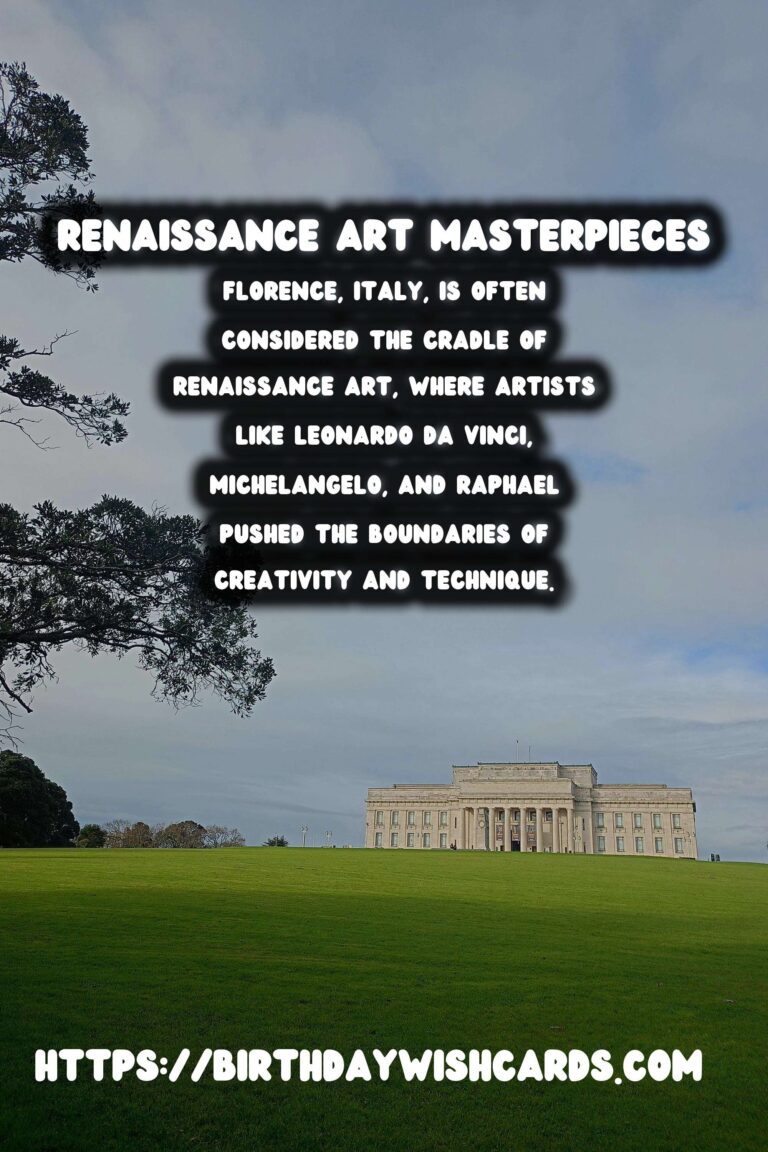
Art history is a fascinating journey through the ages, showcasing the evolution of artistic expression through various styles and movements. Two of the most influential periods in Western art are the Renaissance and the Baroque. Each of these eras represents a breakthrough in artistic innovation, technique, and cultural influence. On an art history tour, travelers have the opportunity to delve deep into the heart of these periods, discovering the masterpieces and the stories behind them.
The Renaissance Era: A Rebirth of Art
The Renaissance marked a period of ‘rebirth’ in European history, characterized by a renewed interest in the classical art and culture of ancient Greece and Rome. Spanning from the 14th to the 17th centuries, this era ushered in a golden age of creativity and exploration.
Florence, Italy, is often considered the cradle of Renaissance art, where artists like Leonardo da Vinci, Michelangelo, and Raphael pushed the boundaries of creativity and technique. Museums such as the Uffizi Gallery offer unparalleled access to works like da Vinci’s ‘Annunciation’ and Michelangelo’s ‘Doni Tondo’. Walking through these halls is like stepping back in time to witness firsthand the birth of modern art.
Leonardo da Vinci: The True Renaissance Man
Leonardo da Vinci’s contributions to art and science made him a quintessential Renaissance man. His works are characterized by their detailed anatomical accuracy and profound emotional depth. Aside from well-known masterpieces such as the ‘Mona Lisa’ and ‘The Last Supper’, da Vinci’s numerous sketches and inventions reveal a mind that was constantly seeking to understand the world.
The Transition to Baroque: A Shift in Style
As the 17th century dawned, a new artistic movement, known as Baroque, emerged. This era of art is noted for its drama, vivid details, and emotional intensity. In stark contrast to the subtle elegance and balance of Renaissance art, Baroque artists sought to evoke emotion through bold colors, dynamic compositions, and a greater focus on light and shadow.
Notable Baroque Artists and Their Impact
Caravaggio, with his revolutionary use of chiaroscuro, brought a raw and expressive style to paintings such as ‘The Calling of St. Matthew’. His influence stretched far beyond Italy, contributing significantly to the Baroque movement throughout Europe.
Meanwhile, in Northern Europe, Peter Paul Rubens and Rembrandt van Rijn offered their own interpretations of Baroque art. Rubens was known for his vibrant depictions of allegorical and historical themes, as seen in ‘The Elevation of the Cross’. Rembrandt’s use of light and shadow brought a psychological depth that continues to captivate audiences today, with works like ‘The Night Watch’.
The Enduring Appeal of Renaissance and Baroque Art
Art history tours provide not only an educational experience but also a visceral connection to the past. Visitors to these historic sites and museums gain insights into the cultural and historical contexts that shaped the creations of Renaissance and Baroque masters.
The appreciation and study of these works continue to influence contemporary art, architecture, and literature, proving that the legacies of these periods are as vibrant and relevant now as they were centuries ago.
Conclusion: A Journey Worth Taking
The exploration of Renaissance and Baroque art is more than just an academic pursuit; it’s an immersive experience that offers a deeper understanding of our shared human history. Whether you’re walking the cobbled streets of Florence or gazing at the Baroque architecture of Rome, each step is a step back in time, connecting us with the timeless beauty and ingenuity of these historical eras.
For those eager to embark on this journey, art history tours provide an unparalleled opportunity to witness the masterpieces and marvels of some of the greatest artistic minds of all time.
Art history is a fascinating journey through the ages, showcasing the evolution of artistic expression through various styles and movements. Florence, Italy, is often considered the cradle of Renaissance art, where artists like Leonardo da Vinci, Michelangelo, and Raphael pushed the boundaries of creativity and technique. 
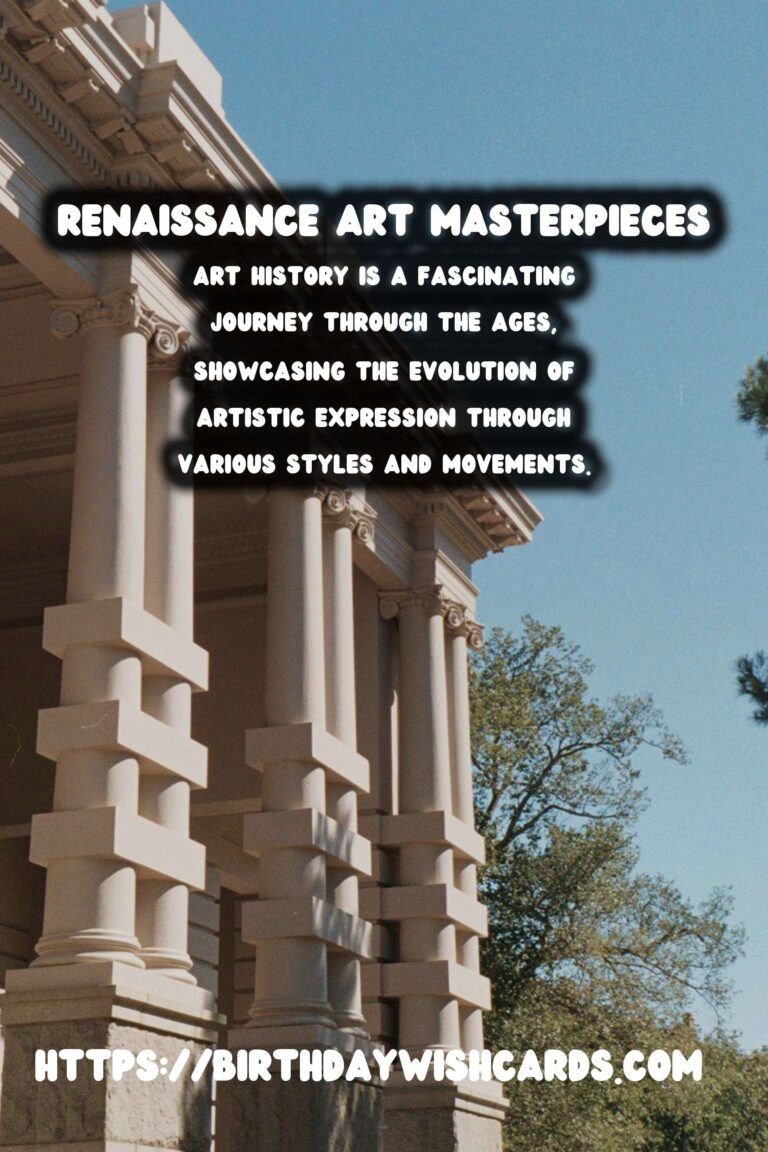
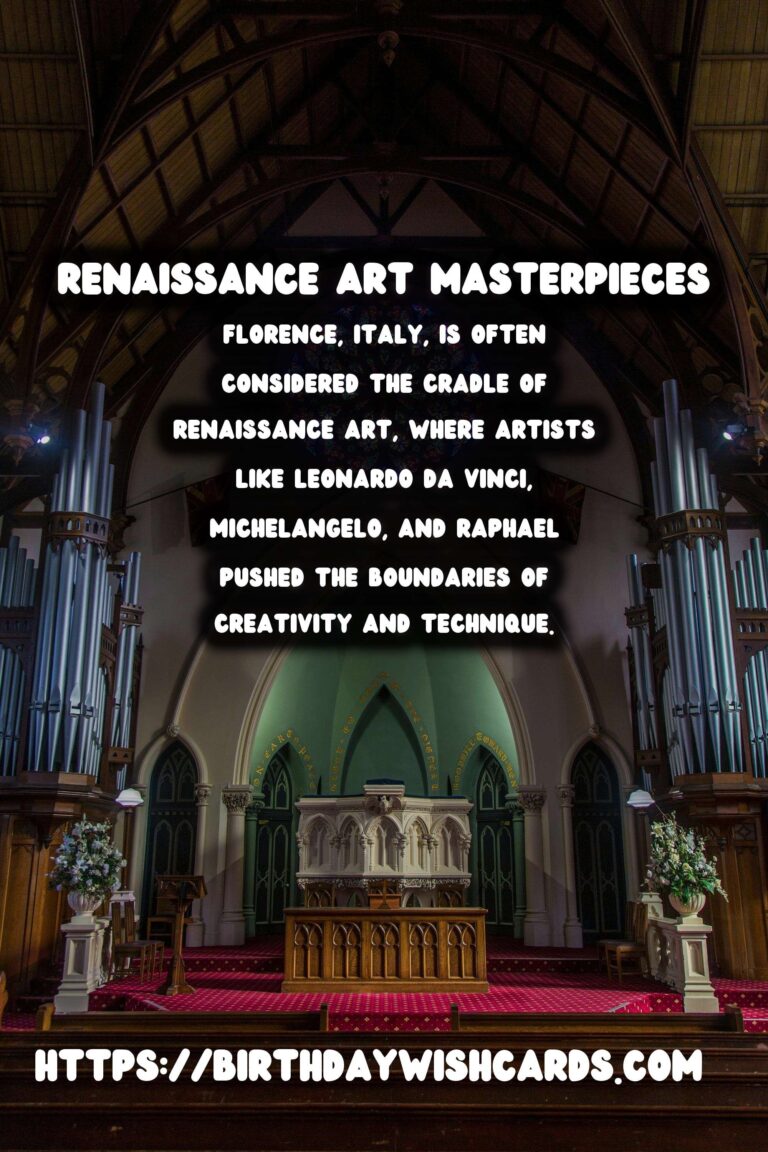
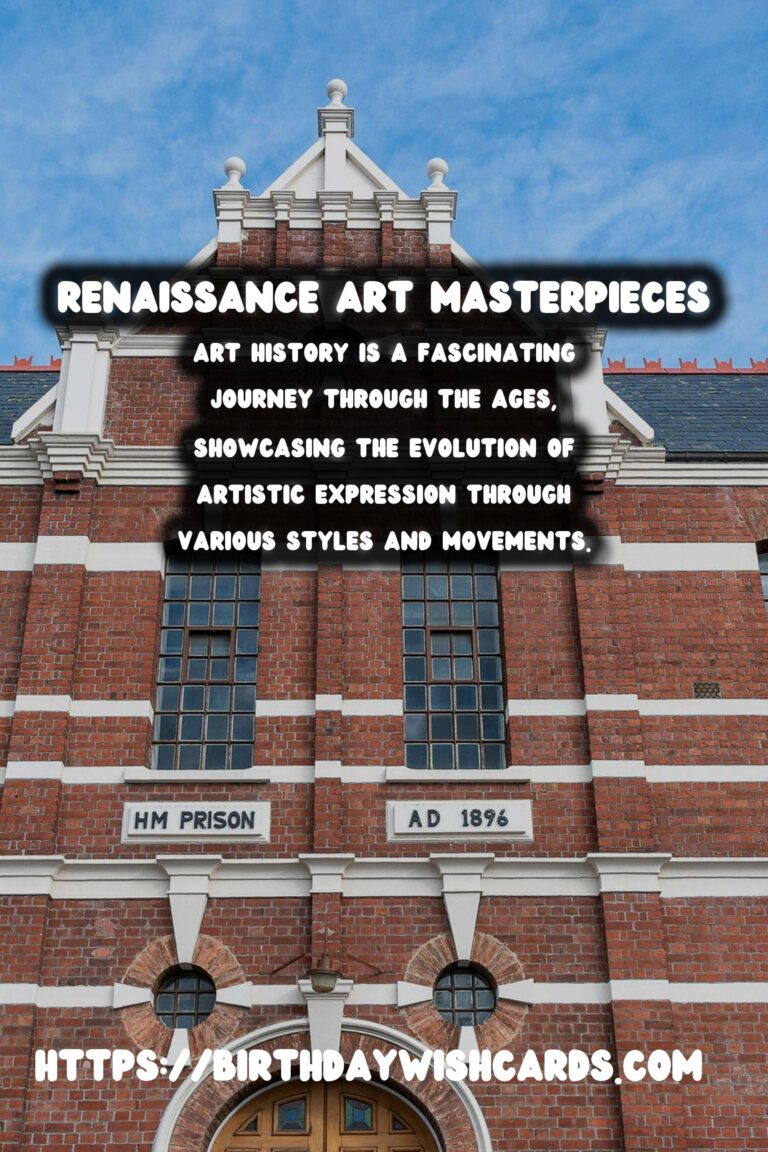
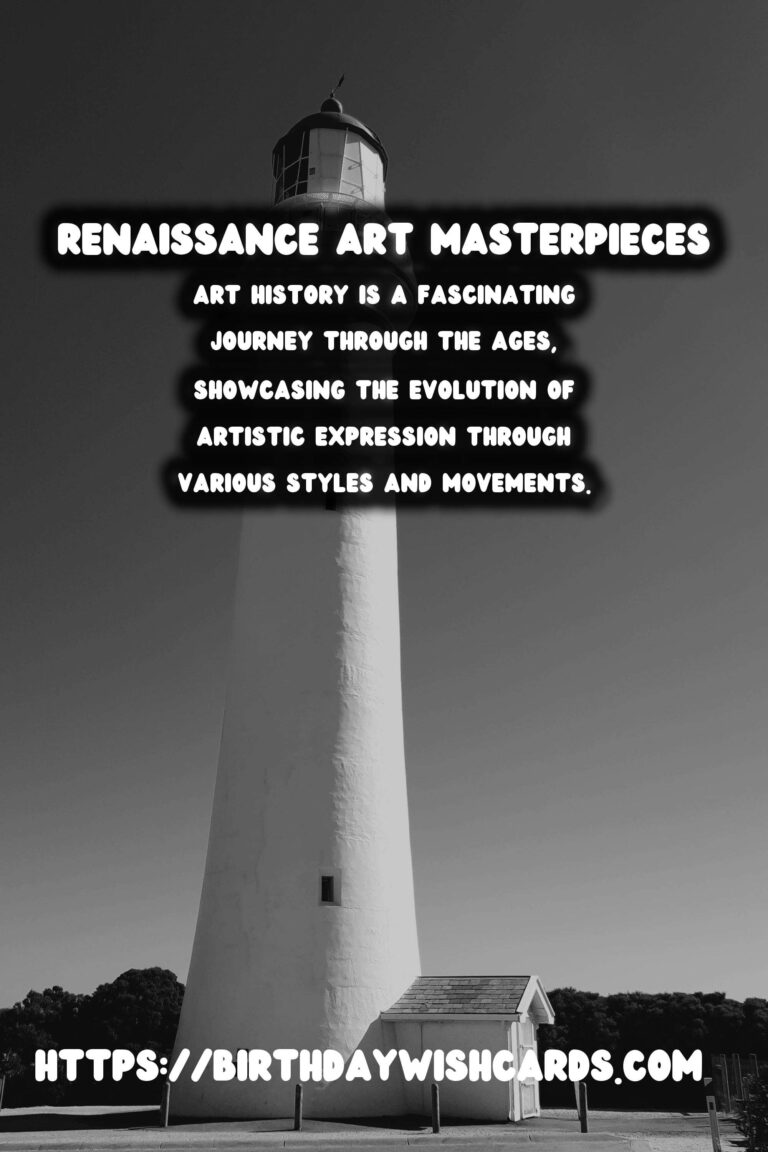
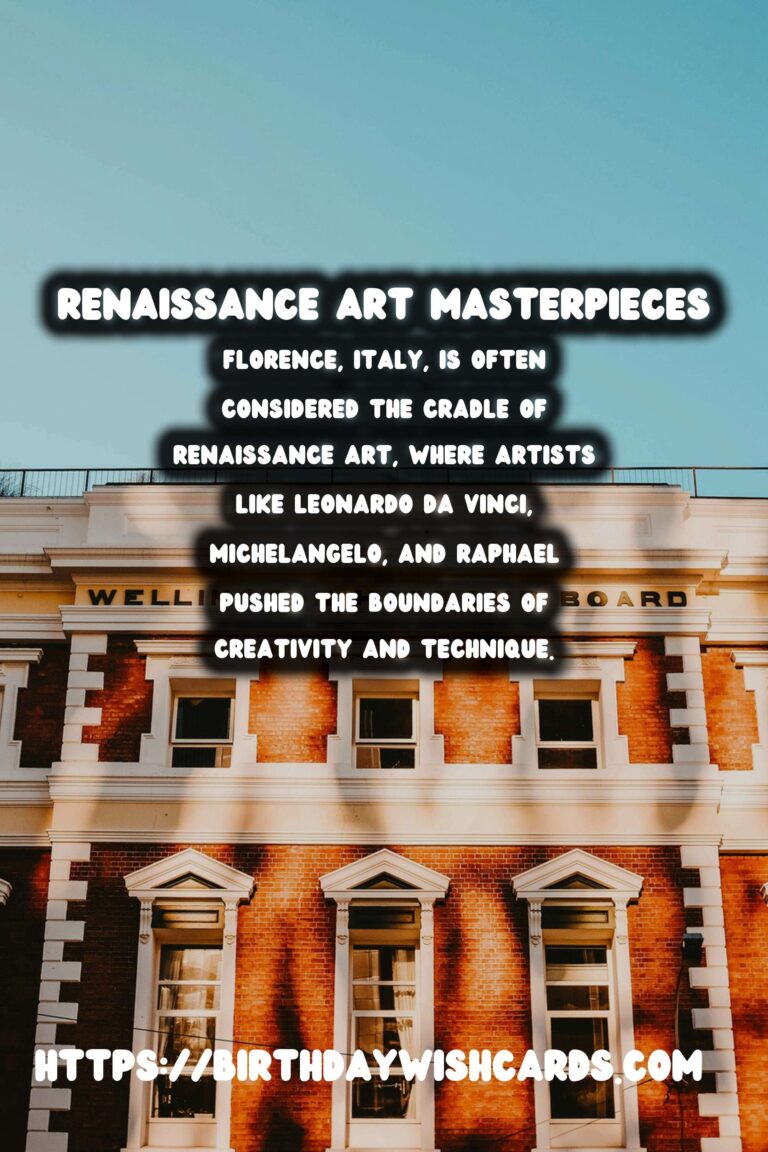
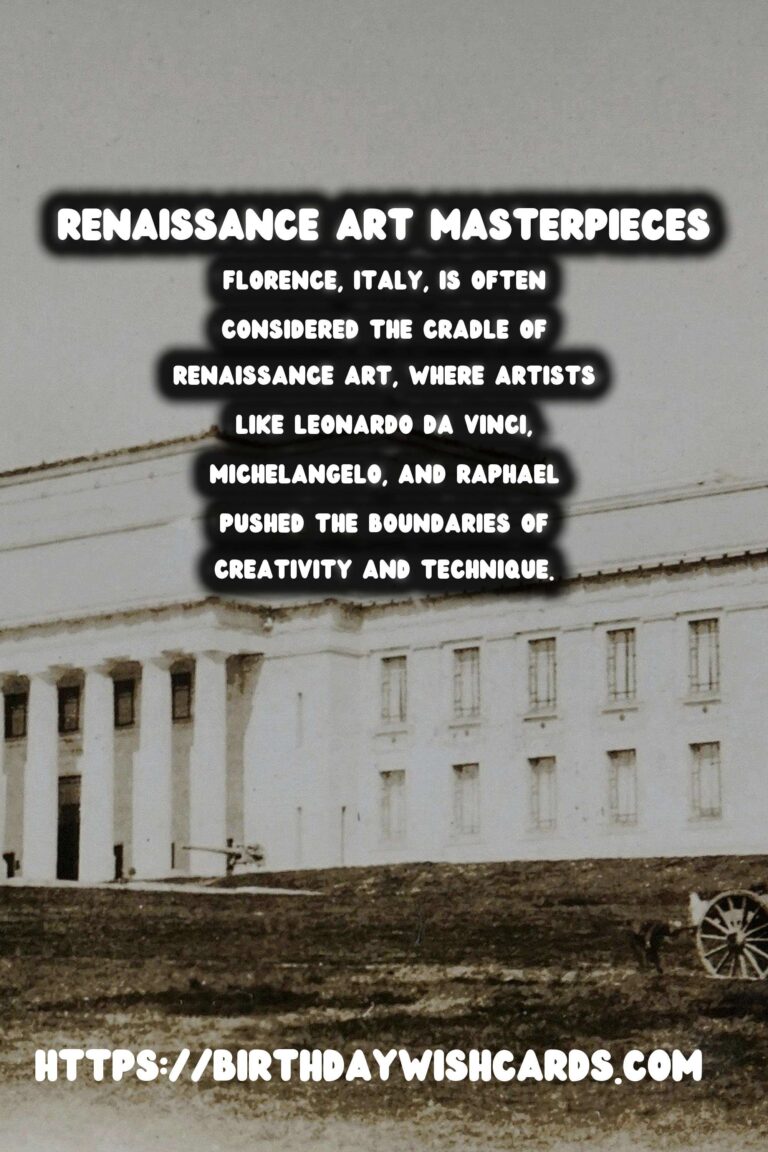
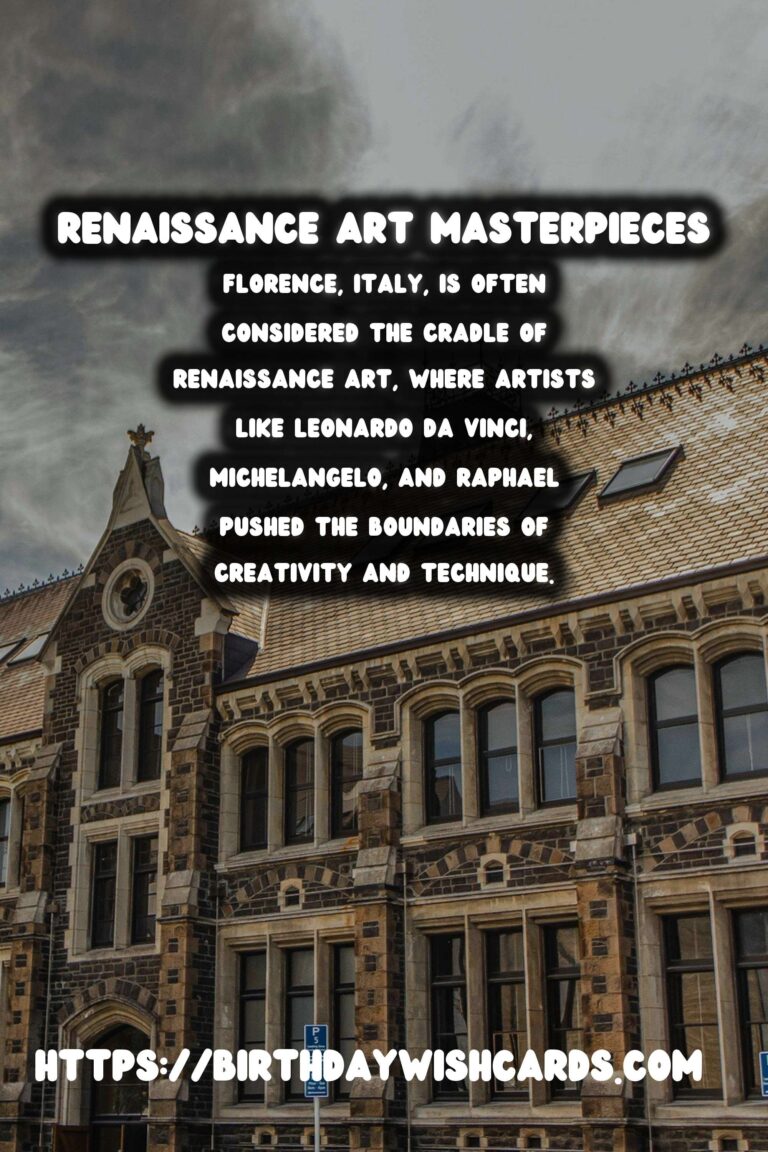
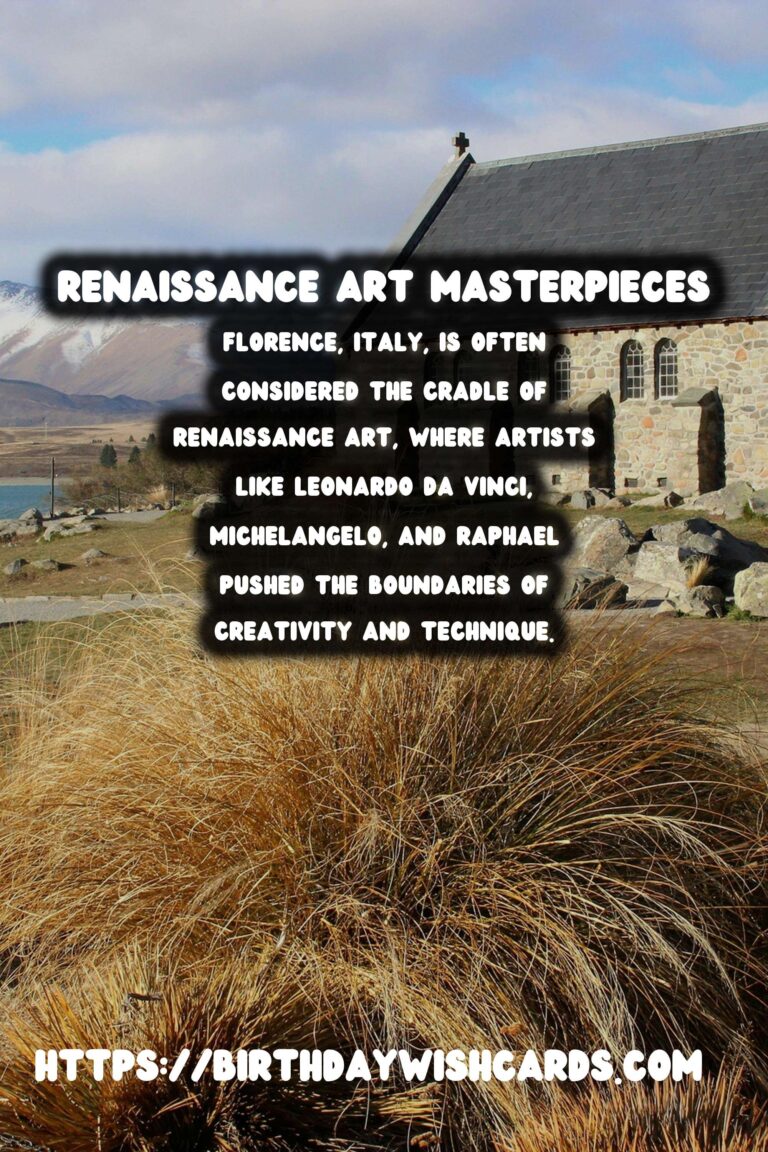
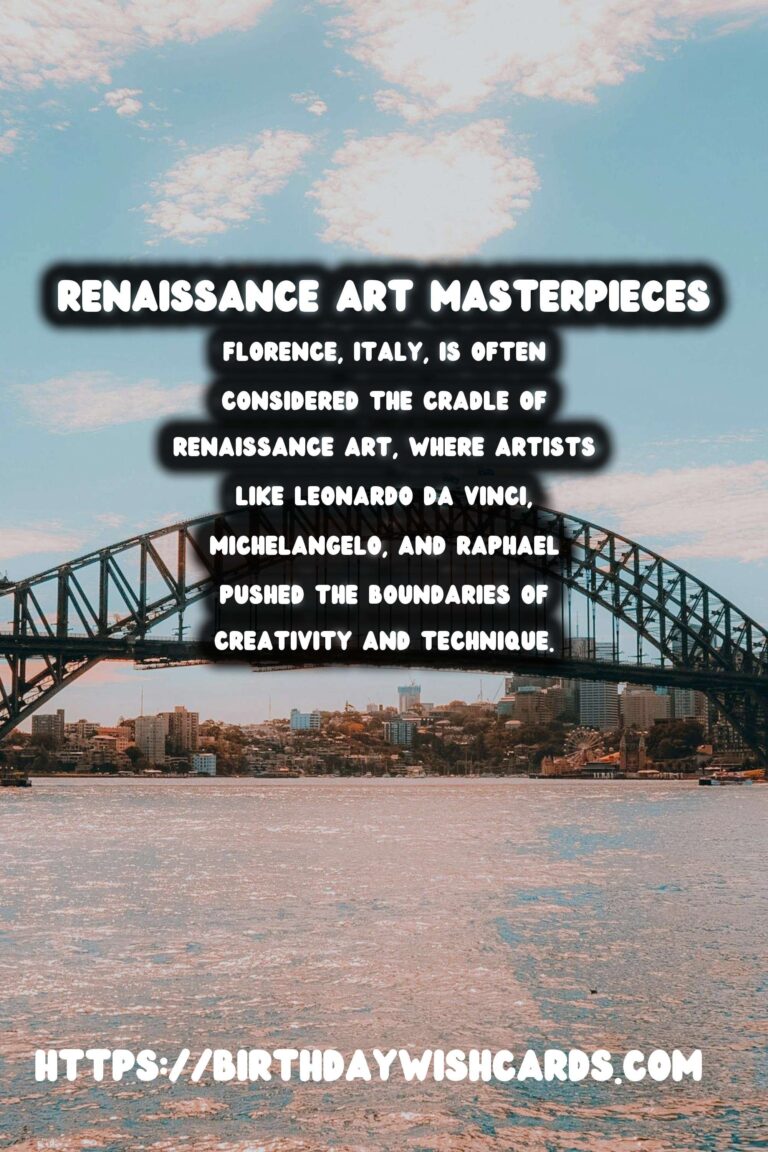
#ArtHistory #RenaissanceToBaroque




